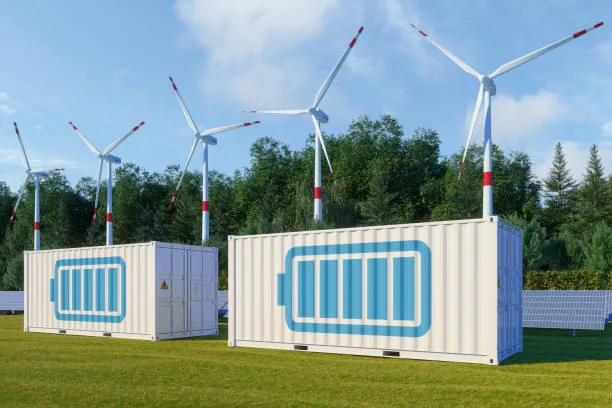Compressed air energy storage (CAES) has been around for some time, with a few large-scale applications connected to power grids. Yet, there has been little expansion in recent decades. This technology faces unyielding physical constraints, deeply rooted in thermodynamics, electrical generation, and compression techniques that haven’t evolved significantly due to their long-standing maturity. The notion of a disruptive innovation in this field would require remarkable evidence, which currently, is not on the horizon.
LightSail’s Ambition and Ultimate Demise
LightSail, once a darling of Silicon Valley and backed by investors like Peter Thiel, aimed at revolutionizing the energy sector. Their premise hinged on high-pressure carbon fiber tanks and a suite of secondary technologies intended to efficiently compress air. The company, however, overestimated the disruptive potential of its innovations and faced the harsh realities of physical and economic barriers, eventually pivoting away from its original mission to become supplanted by more traditional energy storage endeavors.
Carbon Fiber’s Allure and the Realities of Compression
Although LightSail hoped to leverage the capabilities of carbon fiber in its storage tanks, they encountered issues similar to those faced by existing CAES systems, such as the need for large airtight caverns, and extreme pressures that challenge system integrity. Moreover, despite the company’s bold claims, their compression methods and thermal management strategies were not groundbreaking but rather well-established within industrial practices.
The Shift from Disruption to Decline
The economic viability of LightSail was further compromised by end-to-end efficiency issues, which culminated in the company’s shift toward the compressed fossil gas market. This pivot signified not innovation but a gradual winding down of operations, underscoring the challenges of transforming the well-entrenched energy landscape.
Hydrostor: A New Entrant with Familiar Claims
Toronto-based Hydrostor is another enterprise pursuing CAES, securing significant investments by promising a more modest enhancement of existing technologies. They utilize a hybrid approach akin to pumped hydro, where water displacement by compressed air in subterranean caverns is key to energy storage and retrieval. Despite the company’s proposal of efficiency gains, their claims remain speculative, with inherent limitations in the physics of compressed air and water not supporting the predicted advantages.
Reality Check on Efficiency Claims
Hydrostor’s assertion that their system requires substantially less water than traditional pumped hydro for the same energy output warrants skepticism. When scrutinized, their arguments crumble under fundamental physics principles, casting doubt on the company’s numerical predictions and overall understanding of energy storage mechanics.
Technical Challenges in Cavern Creation
The challenges Hydrostor faces with cavern construction are steep, involving costly and intricate excavation processes. Moreover, their solution’s reliance on water eliminates the possibility of using more cost-effective salt caverns, thus increasing risk and expense.
Market Context and Competition
While Hydrostor attempts to fill a niche where traditional pumped hydro cannot reach, it faces substantial competition from this more established and efficient form of energy storage. Pumped hydro offers higher roundtrip efficiencies and decades of proven success, leaving CAES, including Hydrostor’s solution, in its wake.
Assessment of Hydrostor’s Position
Having reviewed Hydrostor’s strategy and capacity, their position within the energy storage market remain tentative, alongside other compressed gas solutions which have struggled to gain significant traction. In a space dominated by tried-and-tested technologies, Hydrostor’s approach—though differentiated—still lacks the compelling transformation potential initially imagined.


























